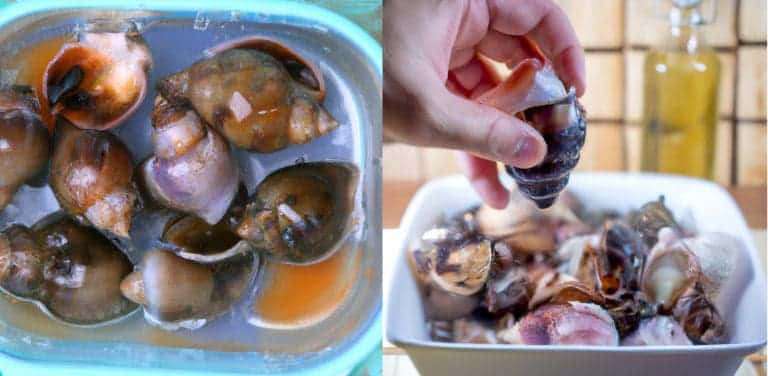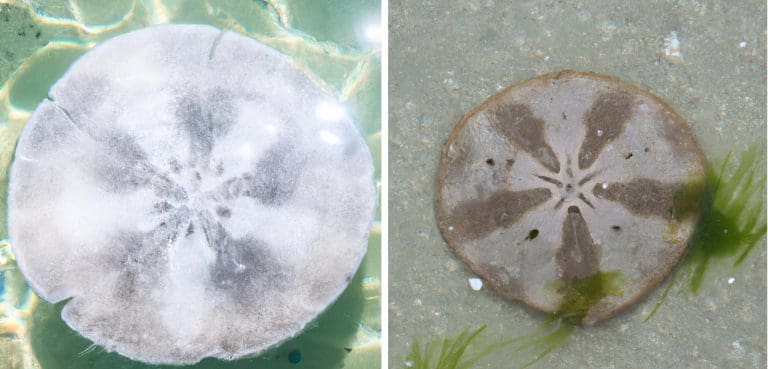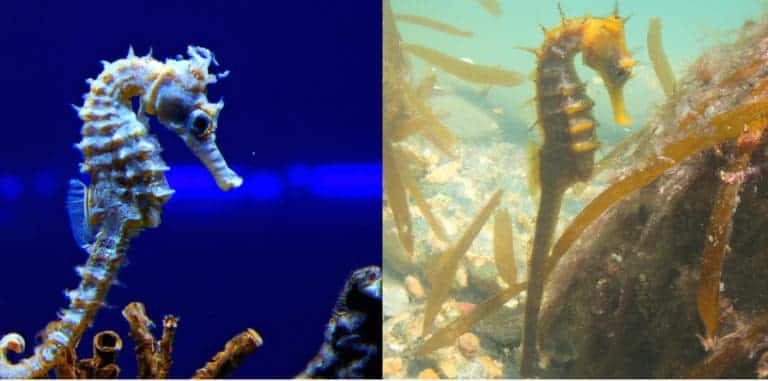How to Find Nautilus Shells
Nautilus shells are a unique and sought-after addition to any natural history or shell collection. These spiral shells, which are the remnants of the nautilus cephalopod, have been used for centuries for decorative and ceremonial purposes. In this article, we will explore where to find nautilus shells, how to identify them, and tips for cleaning and preserving them.
What Are Nautilus Shells?
First, let’s define what nautilus shells are. Nautilus shells are the external skeletons of the nautilus cephalopod, a marine animal that lives in the depths of the ocean. The nautilus has a unique feature of having a spiral shell that is divided into chambers. The animal lives in the most recent chamber, while the previous chambers are filled with gas to help the nautilus control its buoyancy. The shells are prized by collectors for their beauty and rarity.
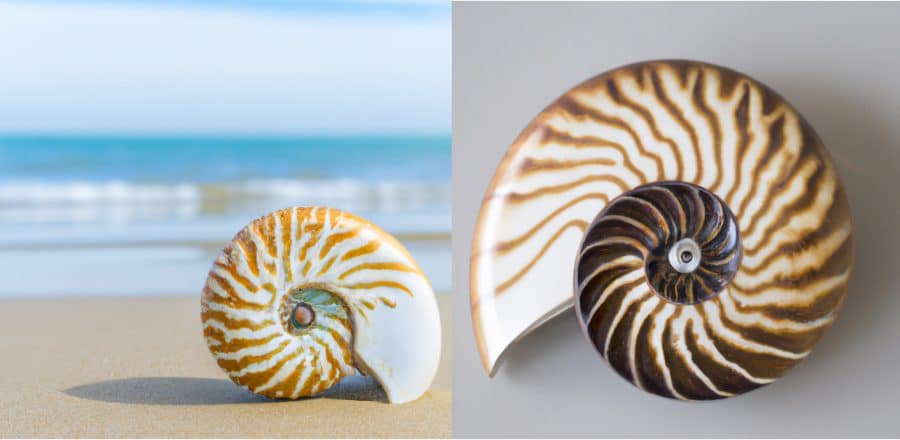
Where Can I Find Nautilus Shells in Real Life?
Nautilus shells are mostly found in the Pacific and Indian Oceans, notably in the areas near Indonesia, the Philippines, and Papua New Guinea. You can find them in coral reefs, lagoons, and deeper oceans contain them. The nautilus is very scarce and difficult to find in the wild because it is a slow-moving, deep-sea animal. The abundance of nautilus shells in the wild is further diminished by the fact that they are prized and worth money. Therefore, they are frequently collected for ornamental or commercial uses, which makes it even harder for you and I to find them.

Where Can I Look For Nautilus Shells?
One of the most obvious places to find nautilus shells is on beaches and coastal areas. The shells can wash up on shore after the animal dies, and they can also be found in the intertidal zone. Dive sites and shipwrecks are also a good place to look for nautilus shells, as they can be found in the debris on the ocean floor. Additionally, online marketplaces and dealers may also have nautilus shells available for purchase.
What Do Nautilus Shells Look Like?
When looking for nautilus shells, it’s important to be able to identify them. The shell has a distinctive spiral shape and is divided into chambers. The outside of the shell is often smooth and has a shiny, pearly appearance. The inside of the shell is lined with mother-of-pearl. To distinguish between real and fake shells, it’s important to look for signs of wear and tear, as well as to examine the shell for any signs of artificial coloring or shaping. Nautilus shells also come in different species, and it’s good to familiarize yourself with the different characteristics and features of each species to help with identification.
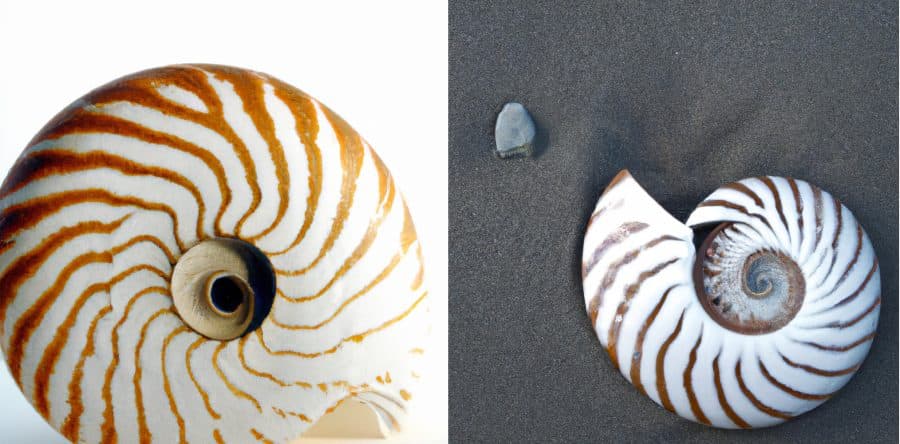
How to Clean and Preserve Nautilus Shells
Once you have found a nautilus shell, it’s important to properly clean and preserve it. The shells can be cleaned using a soft brush and mild soap and water. Avoid using any harsh chemicals or abrasives, as they can damage the shell. Preservation can be done by coating the shell with a clear, protective coating. It’s also important to store the shell in a dry and cool place to avoid any damage from humidity or heat.
In Summary
In conclusion, nautilus shells are a beautiful and unique addition to any collection. They can be found on beaches, coastal areas, dive sites, and shipwrecks, as well as online marketplaces. Proper identification, cleaning, and preservation are crucial for maintaining the value and appearance of the shells. With the right knowledge and care, nautilus shells can be enjoyed for years to come. If you are interested in learning more about nautilus shells, additional resources are available online and at natural history museums.
*This page may contain affiliate links. I get commissions for purchases made through links in this post. As an Amazon Associate I earn from qualifying purchases. View our Affiliate Disclaimer.

